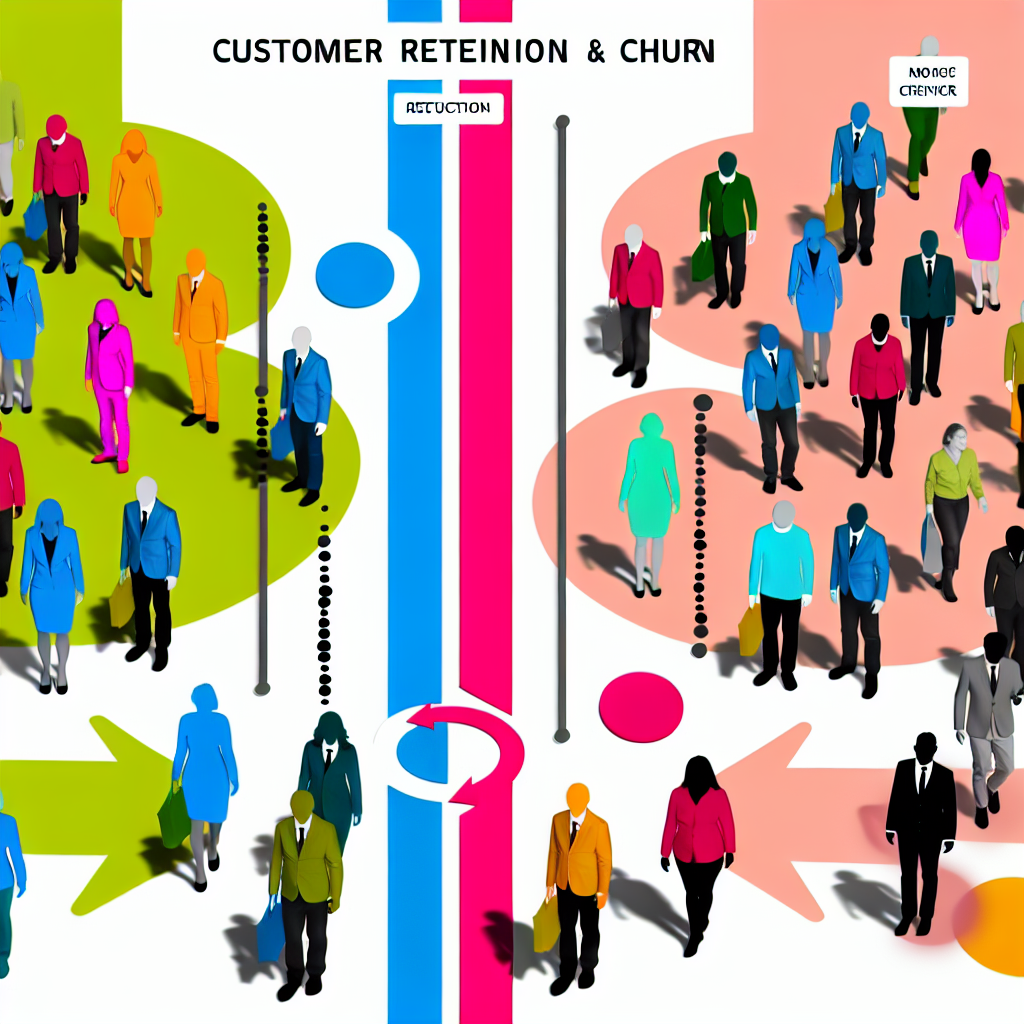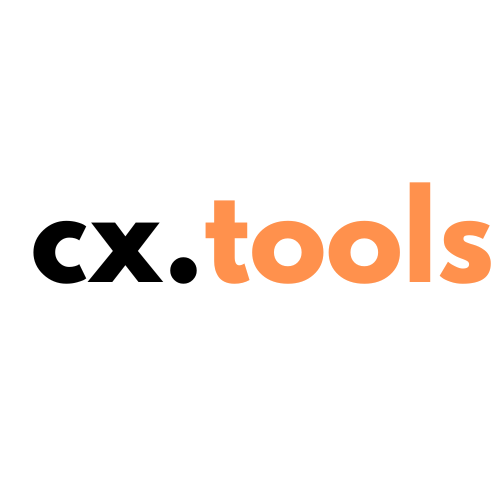
Understanding customer churn and retention is pivotal for maintaining a loyal customer base and ensuring business longevity.
Customer churn, also known as customer attrition, refers to the loss of customers over a specific period. It is a critical metric for businesses as it directly impacts revenue. High churn rates suggest that a business is losing customers faster than it can acquire new ones, indicating underlying issues in customer satisfaction, product quality, or service delivery.
Customer retention is the process of engaging existing customers to continue buying products or services from your business. Retaining customers is more cost-effective than acquiring new ones, as it requires less marketing effort and spending. Moreover, loyal customers tend to generate more revenue over time through repeat purchases and referrals.
Focusing on retention reduces acquisition costs and fosters brand loyalty.
Understanding why customers churn is the first step toward addressing the issue. Implementing effective strategies to reduce churn involves a comprehensive approach, including improving customer service, enhancing product quality, and offering personalized experiences.
Loyalty programs and exceptional service are vital for reducing churn and improving retention.
Tracking the right metrics is essential for understanding churn and retention rates. These metrics provide insights into customer behavior and help identify trends that can inform strategy adjustments.
Monitoring churn rate, CLV, NPS, and CSAT is crucial for data-driven retention strategies.
Common reasons for churn include poor customer service, lack of product value, competitive offers, and unmet expectations. Identifying these reasons through feedback can help businesses take proactive steps to mitigate churn.
Improving retention involves enhancing the overall customer experience, providing personalized services, implementing loyalty programs, and continuously engaging with customers. Regularly updating and improving product offerings also play a significant role.
For more insights on customer churn and retention, visit our blog.
